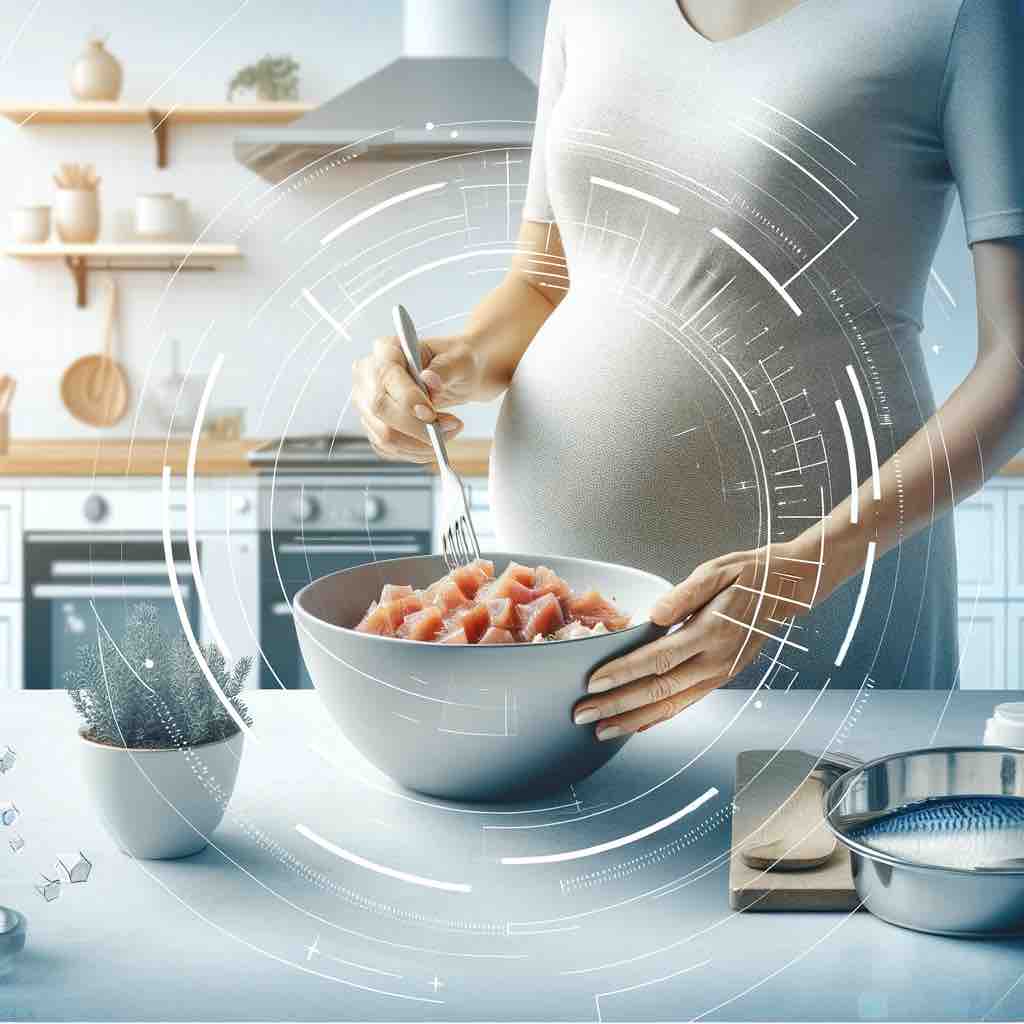
Pregnancy is a journey filled with joy, anticipation, and a fair share of anxieties, especially when it comes to diet. If you’ve eaten tuna during your pregnancy and are concerned about its impact, you’re not alone. Tuna, while nutritious, raises questions due to its mercury content. Here’s a detailed exploration of what you need to know if you’ve consumed tuna during pregnancy.
Understanding Tuna: Nutrition and Mercury Concerns
Tuna is a popular seafood choice known for its rich flavor and health benefits, including high-quality protein, omega-3 fatty acids, and essential vitamins and minerals. However, it also contains varying levels of mercury, a concern during pregnancy due to potential risks to fetal development.
The Mercury Issue
Mercury in fish is a form of methylmercury, which can accumulate in your body over time. High levels of mercury exposure during pregnancy can affect the baby’s brain and nervous system development.
Types of Tuna and Mercury Levels
Tuna varieties have different mercury levels:
- Canned Light Tuna (Skipjack): Generally lower in mercury and safer for more frequent consumption.
- Albacore or White Tuna: Higher in mercury; consumption should be more limited.
- Bigeye & Ahi Tuna: Often used in sushi; higher mercury levels mean they should be consumed rarely.
Safe Consumption of Tuna During Pregnancy
FDA Guidelines
The FDA recommends pregnant women eat 2-3 servings (8-12 ounces) of low-mercury fish per week, including light canned tuna. Albacore tuna should be limited to one serving (up to 6 ounces) per week.
Dietary Balance
If you’ve eaten tuna, balance it with other low-mercury seafood like salmon, shrimp, or cod in the following weeks. Diversifying protein sources can mitigate potential risks.
Monitoring and Managing Mercury Exposure
If you’re concerned about mercury exposure from eating tuna, consult with your healthcare provider. They may advise a simple blood test to check mercury levels.
Minimizing Future Risk
Going forward, consider these steps:
- Choose Low-Mercury Fish: Opt for seafood with lower mercury levels.
- Check Local Advisories: If you eat locally caught fish, check advisories for mercury levels.
- Moderate Tuna Consumption: Follow guidelines for canned light and albacore tuna.
The Bottom Line
Eating tuna in moderation during pregnancy is generally safe, but it’s important to be mindful of the type and quantity. If you’ve consumed more than the recommended amount, don’t panic. The risks depend on several factors, including the amount and type of tuna consumed. Consult your healthcare provider for personalized advice and for any necessary medical attention.
Conclusion
The decision to eat tuna during pregnancy should be informed and balanced. Understanding the types of tuna, mercury levels, and following consumption guidelines are key. If you’ve already consumed tuna, monitoring and adjusting your diet can help manage any potential risks. Remember, prenatal nutrition is about making informed choices for the health and well-being of both you and your baby.
10 FAQs on Eating Tuna During Pregnancy
- Is it safe to eat tuna while pregnant?
Yes, in moderation. The FDA recommends 8-12 ounces of low-mercury fish, including tuna, per week for pregnant women. - What type of tuna has less mercury?
Canned light tuna (skipjack) generally has lower mercury levels than albacore (white) tuna or bigeye tuna. - How much tuna can I safely eat per week during pregnancy?
Up to 12 ounces of light tuna or up to 6 ounces of albacore tuna per week. - Can eating tuna affect my baby’s development?
High levels of mercury from excessive tuna consumption can potentially impact a baby’s brain and nervous system development. - I ate a lot of tuna before knowing I was pregnant. Should I be worried?
While risks depend on the amount and type of tuna consumed, it’s best to consult with your healthcare provider for personalized advice. - Can I eat tuna sushi while pregnant?
It’s advisable to avoid raw tuna sushi due to potential parasites, bacteria, and higher mercury levels in certain tuna types. - What are the health benefits of eating tuna during pregnancy?
Tuna is rich in omega-3 fatty acids, protein, and essential vitamins and minerals beneficial for fetal development. - Are there any alternatives to tuna for omega-3 during pregnancy?
Yes, other low-mercury fish like salmon, sardines, or plant-based options like flaxseeds and walnuts. - How do I know if I’ve been exposed to too much mercury?
Symptoms of high mercury exposure include vision problems, impaired hearing, and coordination issues. Consult a doctor for a blood test if concerned. - What should I do if I’ve eaten more tuna than recommended?
Don’t panic. Reduce or eliminate tuna intake in the following weeks and consult with your healthcare provider.
Blog Tags for the Post
Tuna During Pregnancy, Mercury in Fish, Prenatal Nutrition, Omega-3 Fatty Acids, Pregnancy Diet, Seafood Safety, Fetal Development, Maternal Health, Dietary Guidelines, Mercury Exposure










